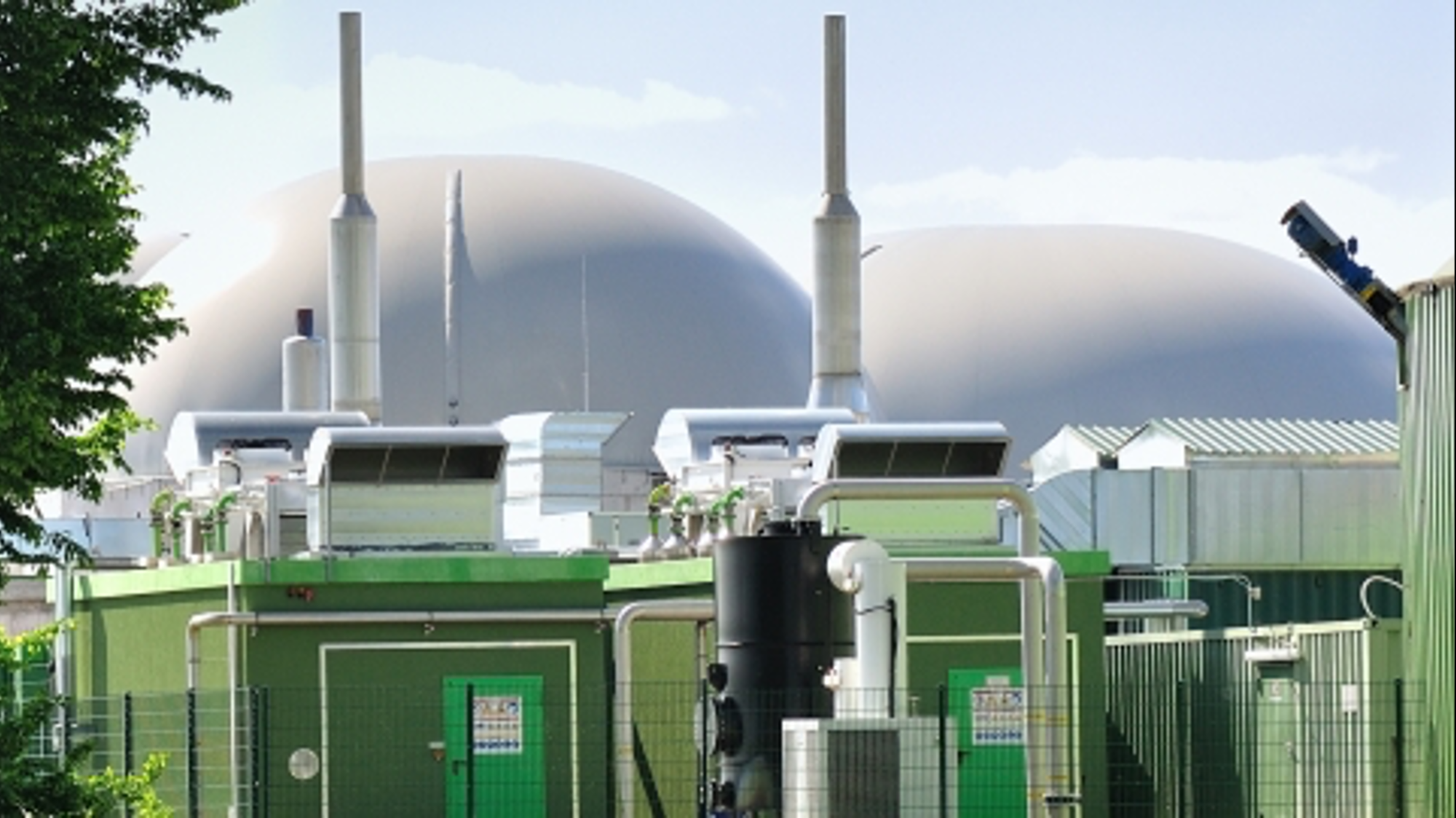
Blog post
Is energy from waste the next big investment opportunity?
During a typical working week, we meet two to three investors from banks, pension or infrastructure funds. We drink expensive coffee, eat posh biscuits, and they all relentlessly complain of the same thing: they have tons of money to invest in renewables, but there is a dearth of bankable projects that deliver the returns their funds require. The renewables industry has, in part, become a victim of its own success in this regard. Globally over GBP 1 trillion has been invested in projects in the last ten years. In this period, we have witnessed three parallel trends: a lot of new money coming into the space, individual projects becoming bigger in scale and technology prices falling dramatically. Or to put it succinctly: more money chasing fewer projects that cost less to build. The combination of these three factors has relentlessly driven down returns, and we are now seeing operational wind and solar assets trading at yields of less than 5% – and even much lower in some countries. The net effect is a desperate search for yield, and investors are either increasingly having to travel outside of their Western European/USA comfort zone or look at more esoteric and riskier projects (such as storage, grid balancing and merchant price risk).
One little heralded area that may deliver the returns investors are looking for is the UK waste-to-energy sector. Whilst waste is not the most glamourous of technologies, the underlying economics in the UK are hugely compelling. We produce over 200 million tons of waste per annum (mtpa). Of this, about 25 – 30 mtpa cannot be economically recycled. However, it is suitable for combustion in waste-to-energy plants. The UK has 42 energy-from-waste (EfW) plants with a total waste processing capacity of 12 mtpa, and another 3 mtpa is exported to similar plants in Europe. However, about 10‑15 mtpa of potential fuel is currently being buried in landfill sites because of a lack of plants to process it. And every hour of every day these landfills fill up and no new ones are being opened because the UK Government has long been opposed to despoiling the bucolic English landscape by using it to bury waste. Furthermore, to dissuade people from using the current ones, landfill is taxed at an eye-watering 89 GBP/t. This has created a counterintuitive market where, although it is fuel, EfW plants are paid to take in this waste for a so-called ‘gate fee’ of circa 75 GBP/t. This is obviously still cheaper than the landfill tax and will go up as the tax rate rises and landfill sites fill up.
So waste-to-energy deals have two consistent and predictable income streams: they get paid to take in the waste, and they are paid 24 hours a day for the electricity produced by burning this waste.
A typical plant will cost 8-10 MGBP/MW to build. Currently, about 5 EfW plants are either in construction or late stage development in the UK. However, the 10‑ mtpa capacity gap means that at least 20 plants are required, creating an investment requirement of GBP 8‑10 billion. Institutional investors are now waking up to this opportunity and only this month, Copenhagen Infrastructure Partners (CIP) announced a GBP 450 M investment into a plant in Cheshire. This will process 0.65 mtpa of waste and produce 65 MW of power 24 hours a day, 365 days a year. Understandably, CIP are not making the project IRR public knowledge, but we can safely assume it will be far north of what they could have earned from investing the equivalent amount in onshore wind or solar.
However, it is also telling that CIP have been developing the project for nearly two years and it has only now reached financial close. EfW plants are complicated projects to bring together and the byzantine nature of the UK planning process takes a long time to navigate successfully.
So, what is preventing more plants being built to address the waste capacity gap? The biggest obstacle is planning. People just don’t like energy-from-waste plants and have long‑standing misconceptions over emissions. It is worth mentioning at this point that because of the success of legislation, the level of emissions from a typical plant is less than 10% of what it would have been 25 years ago. To put this into perspective, the amount of harmful emissions produced in an hour by a typically-sized plant is equivalent to the emissions from the cars driving on just a 5‑mile section of a typical main road or motorway. The UK has 42 EfW plants; compared to 38 million vehicles driving on 4,500 miles of major roads, you can see in the wider context of things, waste-to-energy plants are not really the main source of air pollution in this country.
However, these misconceptions about the technology persist, and the industry still has a fair way to go in addressing its public image. On a more postive note, quite a few councils are beginning to realize that these concerns are misplaced and that EfW plants create employment, electricity, usable heat and a local solution to locally produced waste which is far less damaging to the environment than leaving it to rot in big holes in the ground. We are also beginning to see investment funds enter the market earlier to work alongside developers and get planning, rather than waiting for fully consented sites to come onto the market.
So, in conclusion, investing in waste-to-energy plants may be the next big thing for yield‑hungry infrastructure funds. The technology is proven, the economic fundamentals on the UK market are compelling, and the returns far exceed those available from wind or solar. The UK requires at least GBP 8‑10 billion of investment over the next few years to address the waste capacity gap and this money will need to come from the private sector. However, the main obstacle remains planning, and sites that are fully permitted and shovel ready are hard to find. Investors who want to participate may have to follow CIP’s lead and get involved more and at an earlier stage to succeed.

